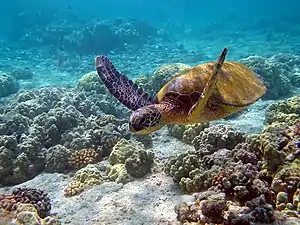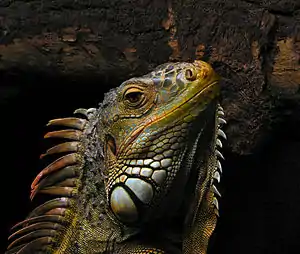Collaborative learning modules
Nature of science
- 1. Understanding about science
- Understand that scientists have an obligation to connect their new ideas to current and historical scientific knowledge and to present their findings for peer review and debate.
- 2. Investigating in science
- Develop and carry out investigations that extend their science knowledge, including developing their understanding of the relationship between investigations and scientific theories and models.
- 3. Participating and contributing
- Use relevant information to develop a coherent understanding of socio-scientific issues that concern them, to identify possible responses at both personal and societal levels.
Life processes
- Understand how humans manipulate the transfer of genetic information from one generation to the next and make informed judgements about the social, ethical, and biological implications relating to this manipulation.

- 4. Structure and function
- Structure and replication
- Role
- 5. DNA to protein
- Transcription
- Translation
- 6. Control over genes
- Feedback
- Enhancers and transcription
- 7. Patterns of inheritance
- Allele interactions
- Linkage
- Gene-gene interaction
- Pleiotropy
- Mutations
- Control of metabolic pathways

Ecology
- Understand the relationship between organisms and their environment.
- 8. Plant development
- Tropism
- Nastic responses
- Timing
- 9. Animal behaviour
- Taxes
- Kineses
- Homing
- Migration
- Timing
- Intraspecific relationships
- 10. Community ecology
- Interspecific relationships

Evolution
- Explore the evolutionary processes that have resulted in the diversity of life on Earth and appreciate the place and impact of humans within these processes.
- 11. Processes of evolution
- Variation and allele frequencies
- Mutations
- Natural selection
- Genetic drift
- Allopatric and sympatric speciation
- Reproductive isolating mechanisms
- Macroevolution
- 12. Evidence of evolution
- Comparative morphology
- 13. Emergence of humans
- Biological evolution
- Cultural evolution
- Patterns of hominin dispersal
This article is issued from Wikibooks. The text is licensed under Creative Commons - Attribution - Sharealike. Additional terms may apply for the media files.